In the dock: Pivotal climate change testimonies in US

From Mexicans left homeless by rising seas to Colombians affected by coral bleaching, hundreds of people are telling the top human rights court in the Americas what climate change means to them in an historic case that could shape international law.
Environmental lawyers also hope the hearings at the Inter-American Court of Human Rights (IACHR), which were requested by Colombia and Chile, will define the duties of states to confront the climate crisis and stop it infringing on human rights.
As well as receiving submissions from climate victims, the Costa Rica-based court, which started its inquiry in Barbados in April, will hear from UN agencies, legal experts, grassroots environmental campaign groups, and youth groups.
The next sessions are due to be held in Brasilia and then Manaus, Brazil at the end of May, and an advisory opinion is expected by May 2025.
“We’re hoping that the court’s legal opinion is a guide and reference for Mexico, and other states, to develop public policies from a climate justice perspective,” said Nora Cabrera, a lawyer and head of Our Future, a Mexico-based youth climate justice campaign group.
“And that it includes loss and damage compensation for affected communities, and adaptation policies for those not yet directly affected by climate change,” said Cabrera, who will be speaking at the next hearing in Manaus.
In January, Colombia and Chile asked the IACHR to issue the advisory opinion, saying that they were experiencing the “daily challenge of dealing with the consequences of the climate emergency,” including fires, landslides, droughts and floods.
“These events reveal the need for an urgent response based on the principles of equity, justice, co-operation and sustainability, with a human rights-based approach,” they said in their petition.
“There is a close relationship between the climate emergency and the violation of human rights,” they added.
It is this link between climate change and human rights that the IACHR will seek to define, while also examining how climate change affects migration and looking at the disproportionate effect on children, women and Indigenous people.
Chile and Colombia also asked the court for clarification on a state’s duties to protect environmental activists.
Latin America is the most dangerous place in the world for environmental and land defenders, according to advocacy group Global Witness. Around 90% of the 177 killings of environmental activists recorded in 2022 took place in the region.
“The hearing aims to ask for clarity about human rights obligations and the climate crisis,” said Jacob Kopas, senior attorney at the Earthjustice environmental group, one of a group of lawyers who spoke at the Barbados hearing on April 26.
“It will help to create a more concise framework to guide state behaviour and policy to confront the climate crisis and protect human rights,” said Kopas.
Among those submitting testimonies will be the residents of the El Bosque fishing community in Tabasco, Mexico, where rising sea levels caused by climate change have swept away about 200 meters of coastline.
Since 2019, the school and more than 50 homes have been destroyed, forcing about 200 people to leave.
El Bosque community leader, Guadalupe Cobos, said she and 10 neighbours will probably have to leave within a year and resettle in an area about 12km away, where new homes are being built by the government.
“We depend on the sea but coastal erosion has affected our way of life. It’s important for the court to know that we’re living climate change now and that this isn’t something that will happen in the future in 20 or 50 years’ time,” said Cobos.
“We want the court to hear our experiences and to know that our rights have been violated, that we have been forced to migrate,” Cobos told the Thomson Reuters Foundation.
The court’s advisory opinion could have important implications for climate litigation across Latin America and the Caribbean and make it easier for communities living with the effects of global warming to take legal action.
The opinion will apply to all signatories of the American Convention on Human Rights, most of whom are members of the Organization of American States. The United States and Canada have not ratified the treaty however.
The advisory opinion will help shape the region’s legal systems as many countries incorporate its jurisprudence into their laws and constitutions.
“We’re hoping that the court makes the link between the climate crisis and human rights violations and that it recognises climate displacement,” said Cabrera, whose organisation has been supporting the El Bosque community.
The IACHR is known for its progressive stance on climate justice and human rights.
In March, it recognised that citizens in Peru have the right to a healthy environment when it ruled in favor of people living in the Andean mining town of La Oroya, who had suffered from decades of environmental pollution.
Other courts are also breaking new ground in this sphere.
In Colombia in April, in response to a lawsuit filed by a farming couple who were driven out of their home by flooding caused by heavy rains, the country’s constitutional court recognised the links between environmental disasters and climate change and people being forcibly displaced.
Across the world, other top courts are also examining the connection between human rights and climate change. On April 9, the European Court of Human Rights (ECHR) ruled that the Swiss government had violated the human rights of its citizens by failing to do enough to combat climate change.
Two other courts – the International Court of Justice (ICJ) and the International Tribunal for the Law of the Seas (ITLOS) — are also expected to give advisory opinions on international legal obligations of states regarding climate change.
Kopas said the IACHR ruling could lead the way by delivering a “forward-reaching and progressive” advisory opinion.
“It’s historic because of the climate crisis we are in. This is the crisis of our lifetime and of all future generations.” — Thomson Reuters Foundation

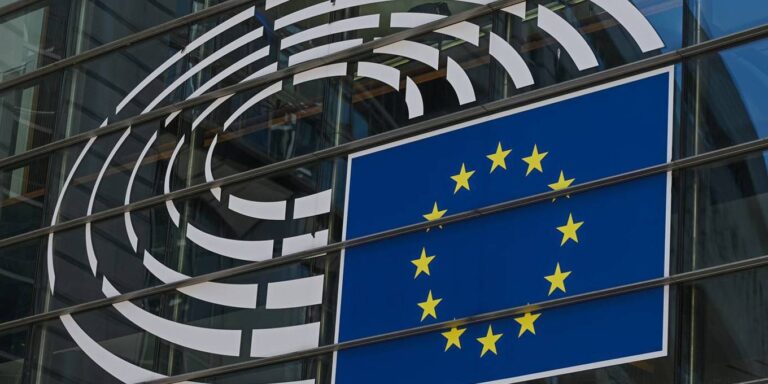

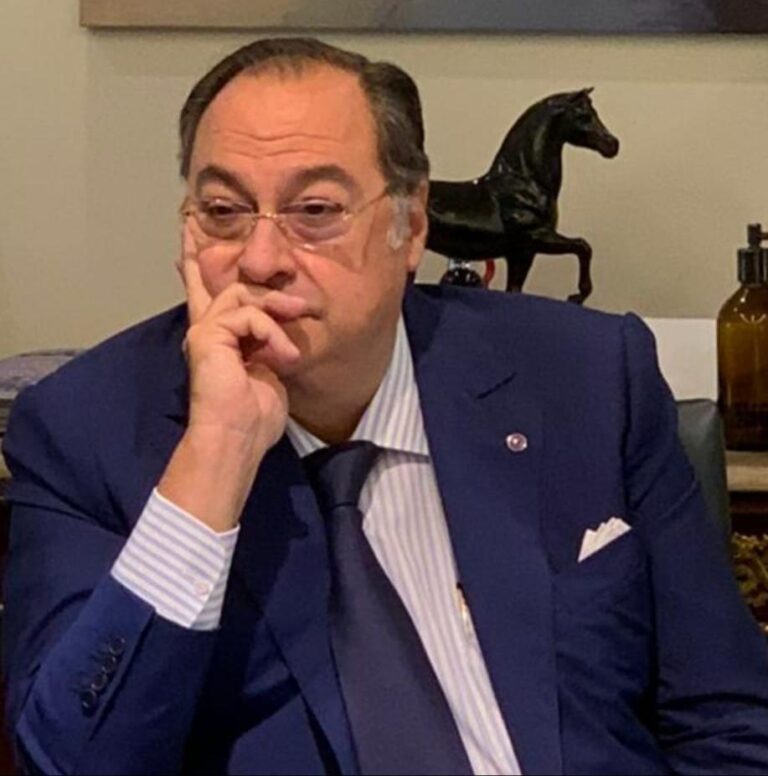
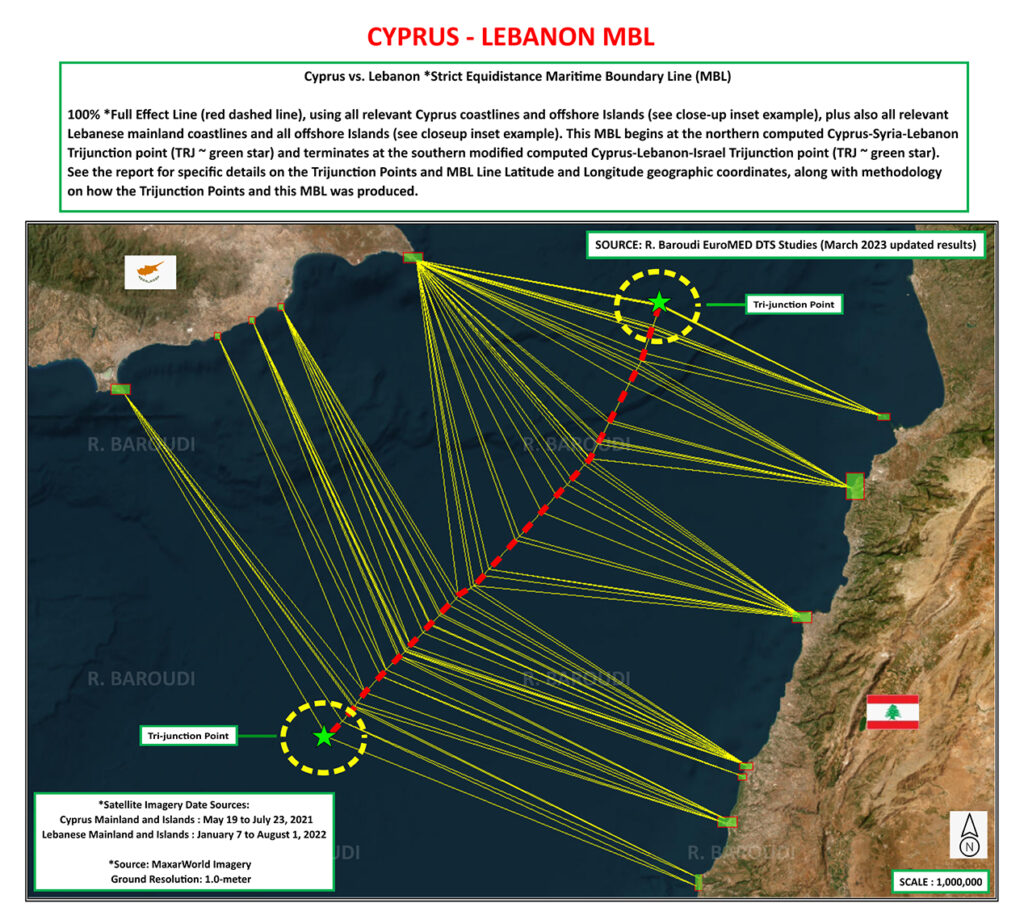




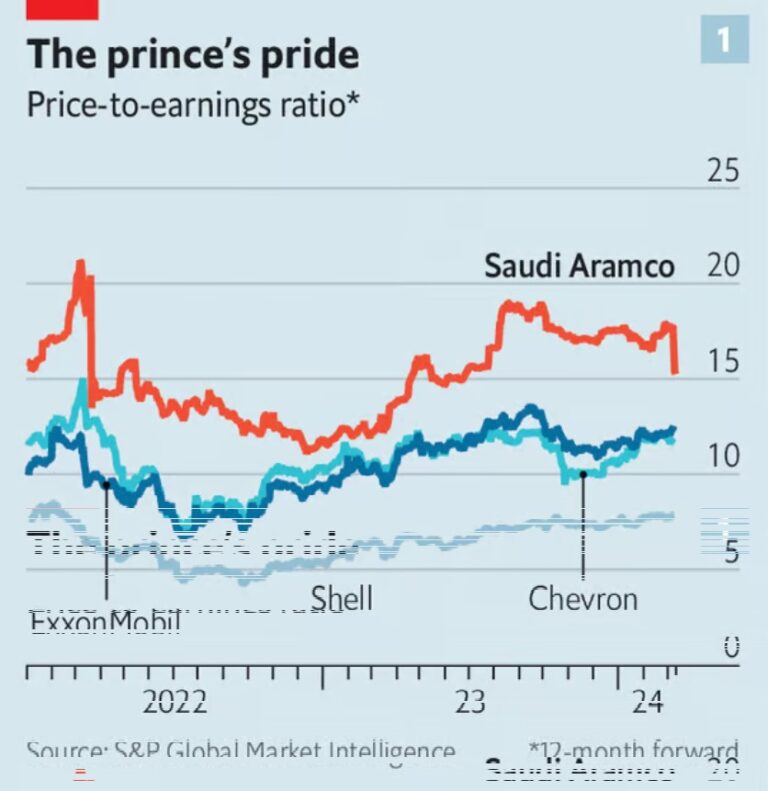
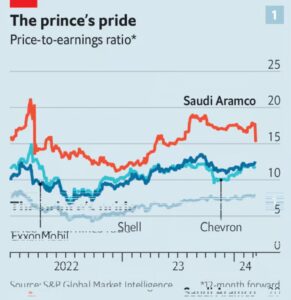


AMSTERDAM – Following weeks of intense negotiations, the European Union has agreed to revise its fiscal rules. The new rulebook will replace the Stability and Growth Pact (SGP) – which has been suspended since the start of the COVID-19 pandemic – and modernize the bloc’s 25-year-old fiscal framework.
While the SGP featured a one-size-fits-all model that ultimately undermined its credibility, the updated fiscal rules allow for a differentiated approach. The goal is to maintain the existing deficit and public debt limits while still encouraging member states to invest in green and digital technologies. Member states will be granted extended adjustment periods of up to seven years to reduce their debts to sustainable levels, provided they commit to reforms and investments that support this double (green/digital) transition.
But while the EU’s efforts to strike a balance between fiscal discipline and growth incentives are commendable, national budgets alone will not be enough to finance the EU’s ambitious double transition. The European Commission estimates that an annual investment of roughly €650 billion ($700 billion) is needed to meet the 2030 targets of producing at least 42.5% of the bloc’s energy from renewable sources and reducing greenhouse-gas emissions by 55%.
Under the new fiscal rules, funding for digital and green investments can be sourced from the €800 billion NextGenerationEU fund, which was established in 2020 to help European economies recover from the COVID-19 shock. But since the NGEU is scheduled to end in 2026, there is an urgent need for more durable financial mechanisms to support the EU’s long-term objectives.
As matters stand, the NGEU’s focus on national investments has left transnational projects such as high-speed railways and hydrogen infrastructure severely underfunded. Moreover, the US Inflation Reduction Act has widened the investment gap between Europe and the United States. To restore its strategic autonomy, European leaders should build on the success of the NGEU.
In a forthcoming paper, we propose the establishment of a $750 billion EU public-goods fund aimed at bridging funding gaps in crucial areas like renewable energy and digital infrastructure. The primary focus of this fund would be to catalyze cross-border investments and support projects that struggle to secure funding without EU-level financial support. By making access to this fund contingent on compliance with the new fiscal rules, the EU could maintain fiscal discipline among member states.
The public-goods fund, which would cover the 2026-30 period, is intended to align seamlessly with the EU’s climate goals. Building on the successful precedents established by previous EU borrowing initiatives, it would be financed by issuing EU bonds, backed by pooled national guarantees, the EU’s budget (bolstered by sufficient revenue streams), or both. Its proposed size represents roughly one-fifth of the bloc’s total investment needs through 2030, and the remaining investments would be financed through contributions from member states and the private sector.
By focusing on cross-border investments, the fund would underscore the EU’s unified approach to tackling European challenges. At the same time, the requirement to comply with the new fiscal rules would broaden the conditional framework established by the NGEU program, which linked fund access to the rule of law in recipient countries.
Similarly, the proposed conditionality regime would tie access to the new fund to domestic fiscal discipline, thus aligning with the EU’s revised fiscal guidelines. Rather than facing penalties for non-compliance, as was the case under the previous SGP, countries would be incentivized to demonstrate fiscal responsibility.
Thus, the conditionality regime would simultaneously boost the EU’s growth potential, uphold the integrity of the new fiscal rulebook, and encourage fiscal sustainability among member states. Moreover, increased debt issuance at the European level could be offset by reduced debt issuance at the national level.
Once the fund is established, countries would be encouraged to submit comprehensive investment proposals for transnational projects. The European Investment Bank would determine whether they are eligible to access the fund’s resources based on their alignment with the EU’s double-transition targets and the potential for positive cross-border spillovers. Meanwhile, the European Commission would ascertain that the countries proposing these projects comply with fiscal rules.
The fund’s proposed design aligns with the trend of using EU funds to achieve broader policy objectives. By relying on the successful model of the pandemic recovery fund and the bloc’s current conditionality regime, it would empower the EU to meet crucial climate targets while upholding its shared values.